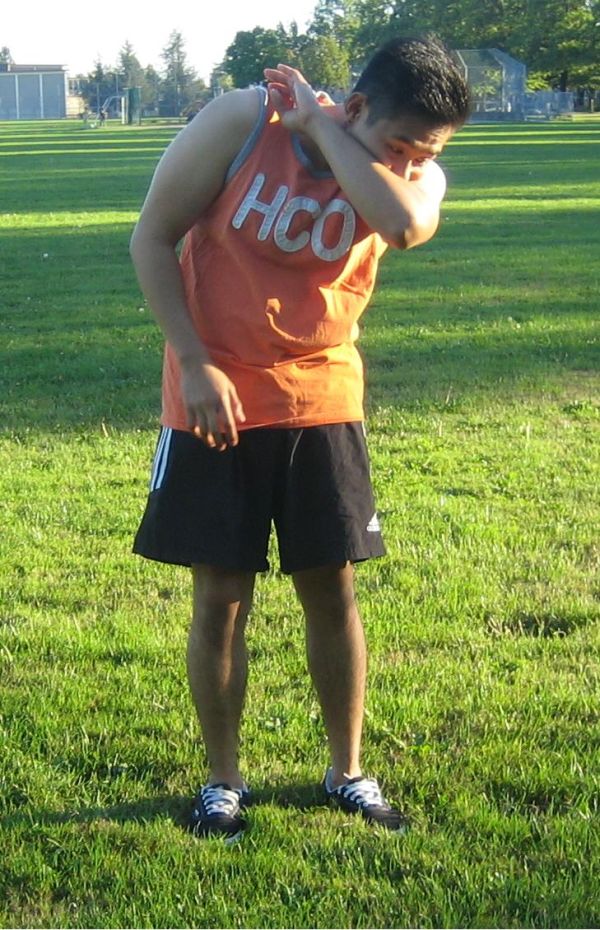Clinical aspiration of stomach contents into the lungs is a serious

complication that can cause pneumonia and possibly result in any of the following conditions namely; tachycardia, dyspnea, central cyanosis, hypertension, hypotension and possibly even death. Many cases of aspiration can occur when protective airway reflexes are decreased or absent due to a variety of factors which may or may not be clinical in nature.
The primary factors responsible for death and complications of cases of clinical aspiration of gastric contents are the volume and character of aspirated gastric contents. When aspirated contents are small or scant in amount of aspirate from regurgitation can cause pneumonia and acute respiratory distress while a massive and substantial aspiration of foreign material into the airway almost always are fatal which can result in death within a few minutes if not promptly treated.
Pathophysiology of clinical aspiration
A full stomach contains solid food particles and in cases of clinical aspiration the problem becomes one of mechanical blockage of the airways and secondary infection. During periods of fasting, the stomach contains acidic gastric secretions which when aspirated can be destructive and harmful to the alveoli and underlying tissues and mucus membranes lining the respiratory tract. Aspiration pneumonia results when gastric contents cause chemical burns of the trachea-bronchial tree and parenchyma which triggers the inflammatory response which is actually very detrimental to the underlying tissues of the pulmonary system which destroys lung surfactants which in turn results in the impaired exchange of oxygen and carbon dioxide leading to respiratory failure.
Clinical aspiration and absence of reflexes
Aspiration may occur if the individual cannot adequately coordinate protective cough reflexes. This hazard is increased if the individual has a distended abdomen, is supine, has the upper extremities immobilized by Intravenous therapy and infusions, receiving local anesthesia to the oropahrygeal and the laryngeal area for diagnostic procedures, has been sedated or has been under long-term intubation and/or use of ventilators.
When vomiting, people normally protect the airway by sitting up or turning to the side and coordinating breathing, cough and gag reflexes. If these reflexes are active, an oral airway should not be inserted since it will result in the spontaneous gag reflex which is essential to the body’s normal defense mechanism in protecting the integrity of the pulmonary cavity from foreign material. If an existing airway is patently in place, it should be pulled out the moment the patient is about to gag so as not to stimulate pharyngeal gag reflex and promote vomiting and aspiration.
Preventing clinical aspiration for high risk individuals
Prevention is basically the primary goal when caring for individuals at high risk of clinical aspiration. Examples of risk factors for aspiration include; decreased level of consciousness, supine
positioning, presence of nasogastric tube, tracheal intubation and mechanical ventilation, bolus or intermittent feeding delivery methods and advance age all accounts for the increased risk of individuals experiencing some form of clinical aspiration. Evidence confirms that one of the main and effective measures in preventing clinical aspiration is placing high risk individuals on a semi-fowlers position (head of bed positioned in a 30 to 45-degree angle) which allows for the flow of gravity in assisting in the emptying of gastric contents to the lower G.I. tract.


I am on oxygen and went to sleep on a full stomach. I use Ambien to help me sleep. I also use Soma as a muscle relaxer.
I woke up coughing because I had aspirated some contents of my stomach. I took some Pepto bizmol. I coughed for about half an hour, took an antacid, and I am adjusting my bed to about a 30° angle. This has happened to me before I go to bed on a full stomach. Do I need to worry in the future about anything? I have been diagnosed with tracheal Bronchial Malaysia (I think that’s what that means). That is why I am on the oxygen. I am feeling better now, so I am attempting to go back to bed.